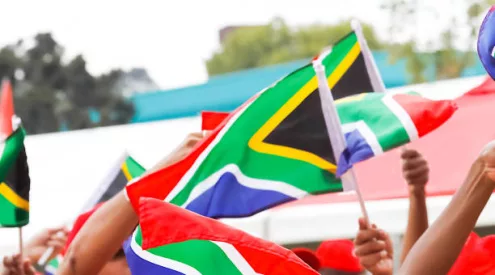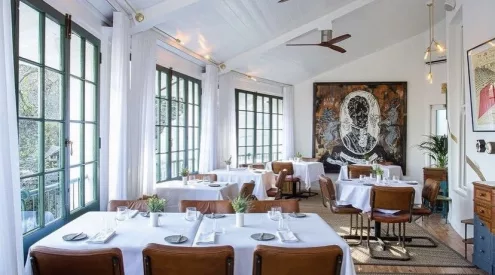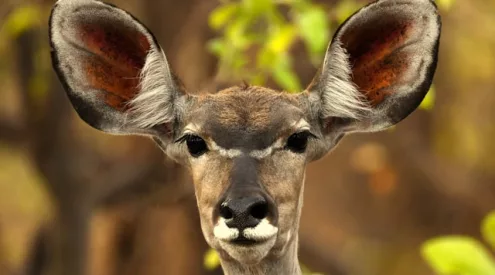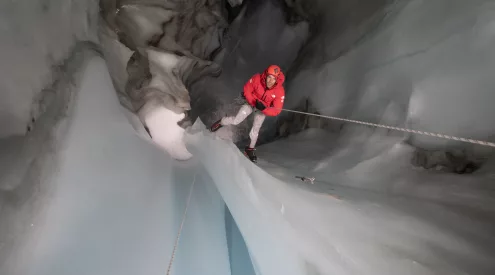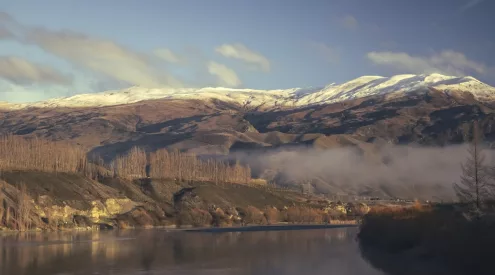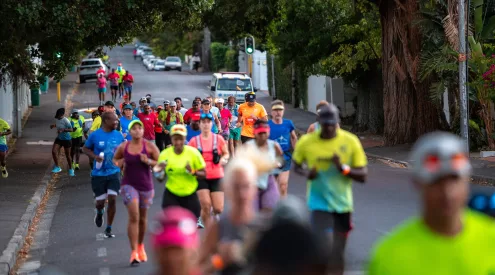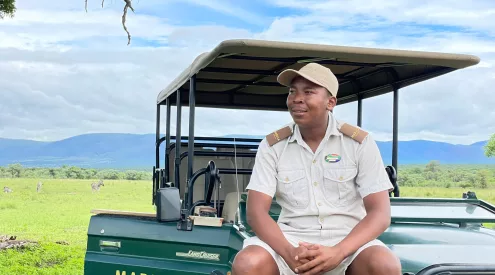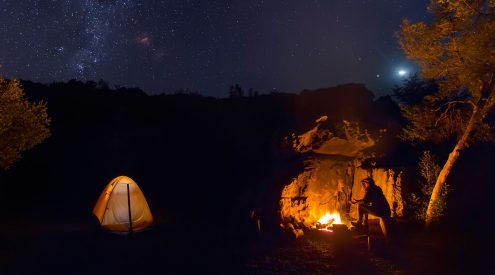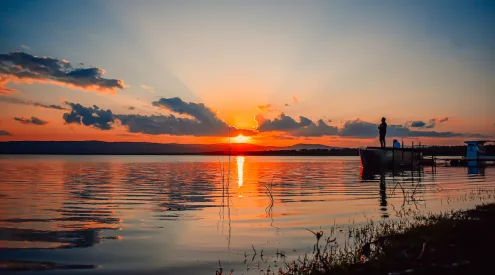Etosha is a wildlife photographer’s dream. In winter, when thirsty animals congregate at the park’s 30 waterholes, you’ll have wildlife jostling in front of your camera. It must be one of the best places in Africa to photograph wildlife, whether you’re a beginner or an expert. The landscapes are also spectacularly photogenic – wide, vast vistas, an other-worldly barren salt pan, green and gold Moringa forests under cloudles blue skies.
On the first day, I had a bit of lens envy when I saw the gargantuan lenses of many other photographers in the park, but then I realised that Etosha lends itself to wide-angle shots. To shoot great wildlife shots when you don’t have a huge zoom lens, I focused on interesting compositions and placing the animals within the context of the landscape.
Get up at dawn and get into the park as the gates open. There’s a really short time between when the gates open and the beautiful golden morning light fading. You also get really soft light at sunset, but the gates to the park close pretty early. It helps if you’re staying the park, because the gates to the park’s camps close a bit later than the gates to the park, but you’re still going to miss out on a bit of perfect late afternoon light.
The light is really harsh at the middle of the day in Etosha. That doesn’t mean that you can’t shoot great photos during the middle of the day though – just make sure that you use a polariser and under expose by at least 0,3 stops when it’s bright.

